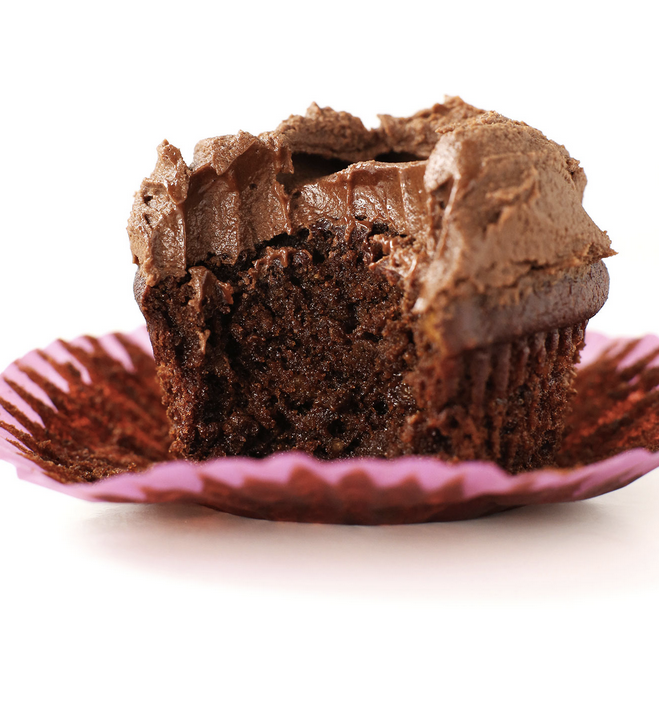The health food space can be a confusing one for many, with trendy diets and hero ingredients promising everything from clear skin to shaving off stubborn pounds and even curing cancer. And the message continues to get jumbled as clickbaity stories claim one ingredient will change your life and unlicensed social media influencers give nutritional advice advertising “detox” weight loss products and teatoxes.
To help clear up some of the confusion surrounding trendy health foods in the zeitgeist right now, we asked several registered dietitian nutritionists to weigh in on health food fads.
The Good
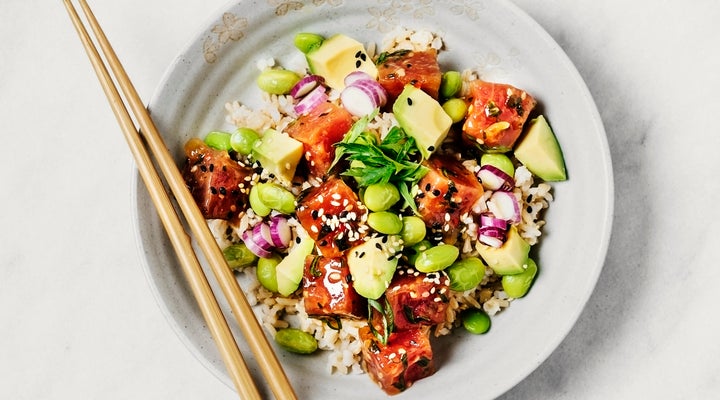
Poke
This dish of cubed raw fish atop a bowl of sushi rice is a Hawaiian staple that has become popular in cities across the U.S., with counter-serve poke shops serving their own versions of the original (with non-traditional add-ins like tomatoes and zucchini noodles).
“Poke is packed with nutrient-dense ingredients,” Jonathan Valdez, owner of Genki Nutrition, spokesman for New York State Academy of Nutrition and Dietetics and a Hawaii native, told HuffPost. “Its main ingredient is (usually) raw fish, either salmon or tuna, both of which are great sources of heart-healthy fats, omega-3 fatty acids, protein, vitamin B12, magnesium, iron and calcium.”
Valdez added that seaweed (both dried and seaweed salad) are rich in iodine and tyrosine, “which are important for thyroid function,” and swapping out white sushi rice for brown rice will keep you satiated for longer due to its higher fiber and protein content. Add-ins like probiotic-rich kimchi and vegetables up the health factor of customizable poke bowls.
Try not to overdo it on the soy sauce, though, as it’s high in sodium. “The sauces used to marinate the poke already add plenty of flavors,” Valdez said. If you’re pregnant, you should avoid eating poke containing raw fish entirely. “The FDA recommends that pregnant women choose fully cooked fish to lower their risk of potentially life-threatening foodborne illness,” Megan Meyer, PhD and director of science communications at the International Food Information Council Foundation, told HuffPost.
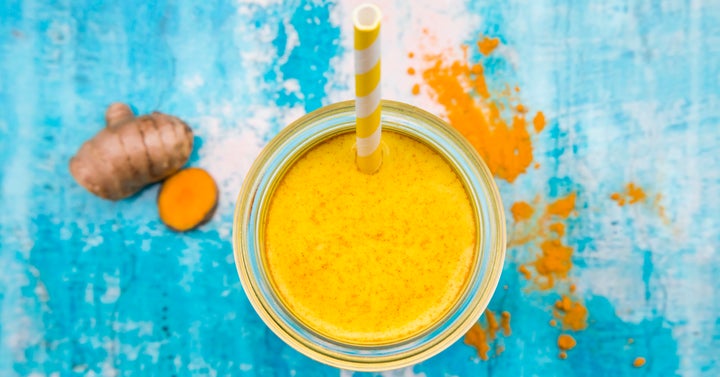
Turmeric
“Turmeric is a potent antioxidant and it’s being added to everything from lattes to roasted veggies to soups,” Natalie Rizzo, registered dietitian and author of ”The No-Brainer Nutrition Guide For Every Runner,” told HuffPost. “It provides a vibrant yellow color and adds a peppery flavor to dishes.”
Rizzo explained that curcumin, the main active ingredient in turmeric, is being marketed as an anti-inflammatory supplement. “Research suggests that the anti-inflammatory properties of curcumin may help relieve arthritis and can reduce your risk of developing Alzheimer’s,” she said.
To boost the health benefits of turmeric, combine it with black pepper. “On its own, curcumin is poorly absorbed,” Valdez said. “Black pepper contains a compound called piperine, which dramatically enhances the amount of curcumin absorbed and then utilized by the body.”
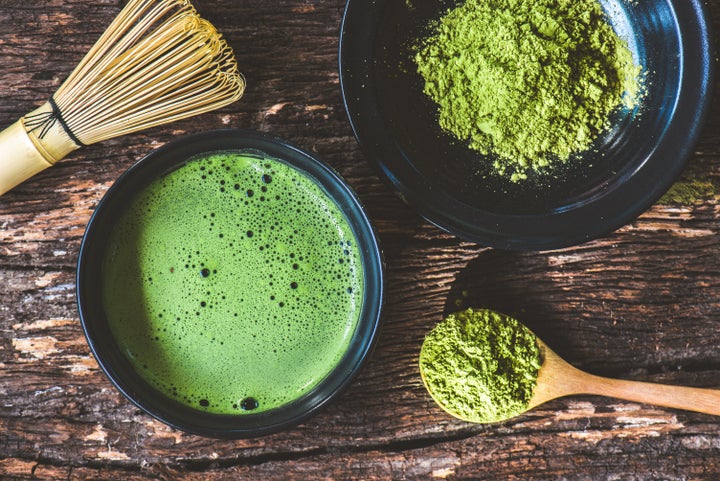
Matcha
“In its purest form, matcha is a green tea made from ground whole tea leaves mixed with hot water,” Rizzo said. “Matcha contains more antioxidants than traditional green tea because it’s made with the whole leaves of the tea plant. It also has a compound called ECGC, which may contribute to fat oxidation during exercise.”
“Matcha contains a compound called L-Theanine, which helps reduce anxiety and stress levels while inducing relaxation, [without the] drowsiness,” Valdez said. “This makes matcha a great source of caffeine: the L-Theanine content combats any negative symptoms that can be induced by caffeine, so it promotes alertness, yet relaxes the mind and body.”
You can reap the health benefits of matcha in a variety of ways beyond making matcha tea, but some options like matcha lattes may be filled with additives like syrups and sugars.
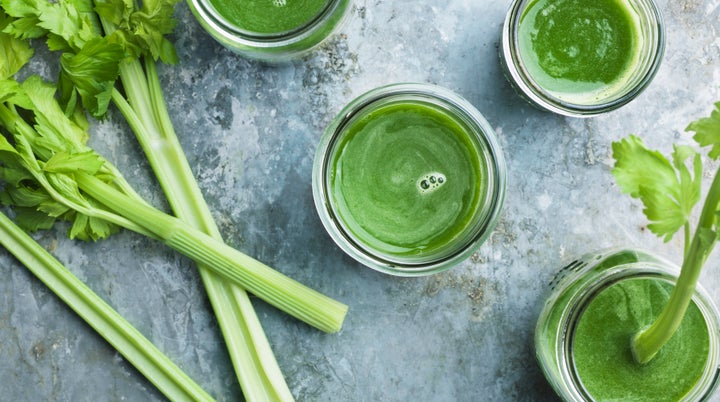
Celery juice
Before you start downing a glass of celery juice every morning, note that this “healthy” food probably won’t save your life (as Anthony William of The Global Celery Juice Movement once claimed).
“No one food can cure all of your ailments, and the claims that celery juice can cure cancer and other serious medical conditions on its own has not been proven by any scientific studies,” Alyssa Pike, registered dietitian and manager of nutrition communications at the International Food Information Council Foundation, told HuffPost. “Celery contains vitamin K, flavonoids and polyphenols, but so do other vegetables.”
In short, if you like the way celery juice tastes, drink it. If not, there are plenty of other green vegetables that can give you a health boost.
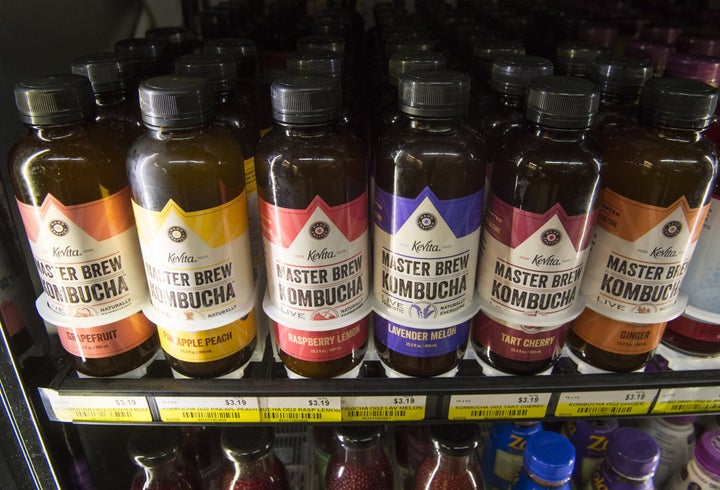
Kombucha
Part of a larger fermented food trend in the U.S., kombucha is sweetened fermented tea with SCOBY (symbiotic cultures of bacteria and yeast). “Since most of the sugar added at the start of brewing is consumed by the SCOBY, kombucha is a relatively low-calorie, low-sugar beverage in its natural state,” Meyer said. “However, many options add in fruit juice and additional sugars that can bring its calorie content up, so it’s important to keep that in mind when choosing this beverage.”
For those consuming kombucha for its probiotic content, Meyer said “the amount and diversity of these beneficial bacteria can vary widely.”
The Not-So-Good
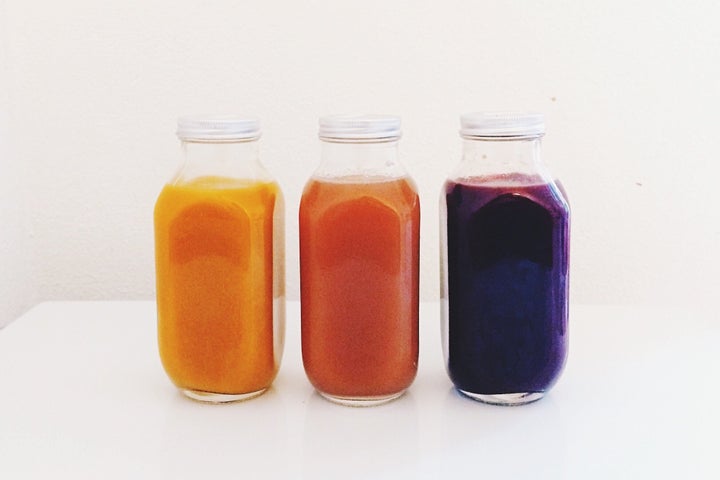
Juice cleanses
“Cleanses make big promises, but are not sustainable long term,” Pike said. “They often consist of an all-liquid diet or an extremely low-calorie diet that does not provide us with the energy or nutrients our bodies require on a daily basis.”
An extreme example of the fad is The Master Cleanse, in which you consume nothing but a mixture of lemon juice, maple syrup, cayenne pepper and water for 10 days. “Not only will you be absolutely starving on this plan, but you will also suffer from cravings, irritability, fatigue and more,” Rizzo said.
“Our bodies are already equipped to ‘detox’ –– that’s what our liver is for,” Pike said. “Plus, these types of restrictive fad diets damage our relationship with food.”
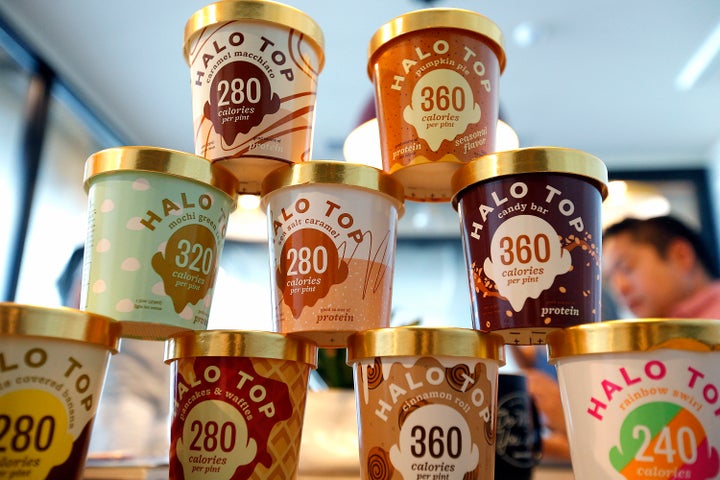
Low-cal ‘better-for-you’ ice creams
Bottom line: If you’re going to eat ice cream, just eat the damn ice cream and screw the “guilt,” because choosing an unsatisfying low-calorie option may lead to overindulgence later. “The issue with low-calorie ice cream is often the intention behind choosing them,” Pike said. “For many, low-calorie ice creams appear ‘safer’ (from a calorie standpoint) than eating the real thing.”
Valdez pointed out that this low-calorie, better-for-you messaging may encourage people to eat more than a suggested serving or even the entire pint. A pint of Halo Top, for example, is approximately 4 servings and between 280-360 calories, depending on the flavor. “This negates the whole purpose of the product,” he said.
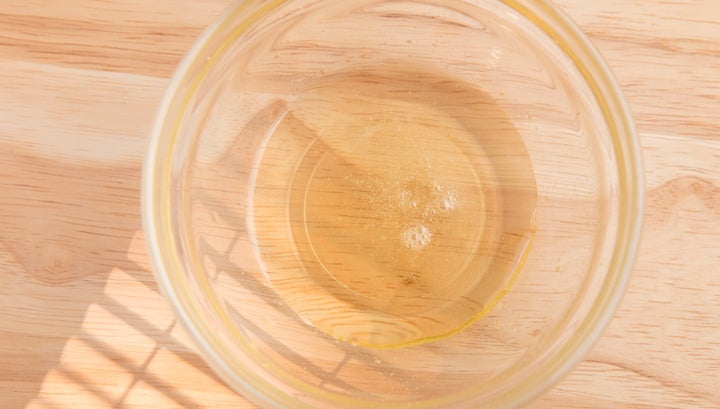
Agave
This natural sweetener from the agave plant “has a bit of an arbitrary health halo around it, given its more rustic origin and lower impact on blood sugar,” Kris Sollid, registered dietitian and senior director of nutrition communications at the International Food Information Council Foundation, told HuffPost.
Sollid explained that its lower ranking on the glycemic index (compared with other common forms of sugar) is due to its higher fructose content, which also makes it sweeter. “This may sound like a good thing, but when eaten in excess fructose can cause issues for the liver, where fructose is metabolized,” Sollid said. “When it comes down to it, agave syrup consumption should be limited in our diets just like other types of sugars.”
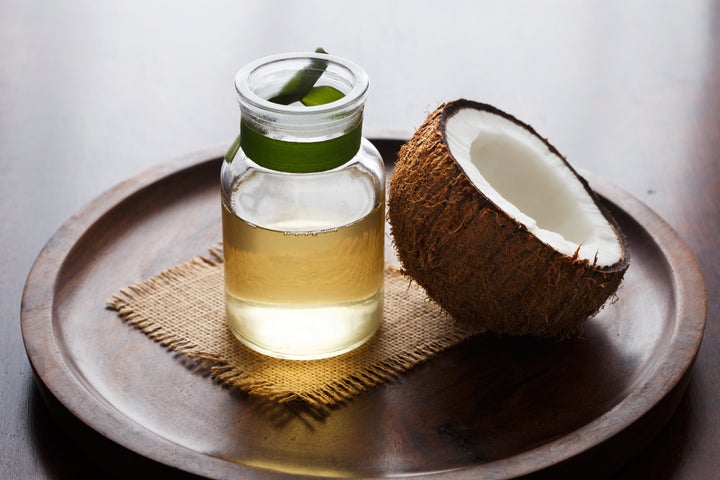
Coconut oil
Like agave, coconut oil is another fad health food that should be consumed in moderation. While it’s not “pure poison,” as it was recently deemed by a Harvard professor, it shouldn’t be eaten in excess.
“Every oil has some combination of saturated and unsaturated fats, but coconut oil is almost entirely composed of saturated fats,” said Pike, who added that current nutrition recommendations advise consumers to replace saturated fats with unsaturated fats whenever possible.
“Coconut oil has had somewhat of a cult following in recent years, but it’s not the healthiest option out there,” Pike said. “Use it sparingly if you like the taste, but it’s not a cure-all.”
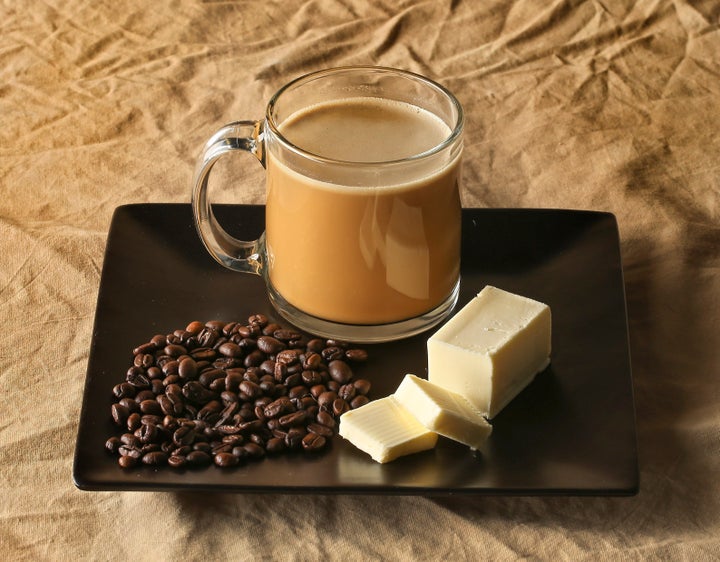
Bulletproof coffee
Made with coffee, grass-fed butter and medium-chain triglyceride (MCT) oil, this concoction is supposed to decrease cravings, increase mental clarity and mitigate the caffeine crash that comes with a typical cup of coffee.
“There’s no need to put butter and additional oil into your coffee,” Meyer said. “A typical recipe for bulletproof coffee (1-2 cups coffee, 2 tablespoons butter, 1 tablespoon MCT oil) is over several hundred calories and nearly 40 grams of (largely saturated) fat.”
The fat content in a cup of bulletproof coffee is so high that it will put you over your daily recommended saturated fat intake (less than 10 percent of your total calories). “I prefer to drink my coffee black, which leaves me plenty of room for other delicious foods,” Meyer said. “Sometimes I may add a splash of regular, soy or almond milk to switch things up.”

